To give your turtle Vitamin A, provide a balanced diet with leafy greens and commercial turtle food. You can also use Vitamin A supplements.
Turtles need Vitamin A for healthy eyes, skin, and immune system. A balanced diet ensures they get essential nutrients. Leafy greens like kale, spinach, and dandelion greens are rich in Vitamin A. Commercial turtle food often contains necessary vitamins. Avoid overfeeding Vitamin A supplements as it can be harmful.
Always consult a vet before adding supplements. A varied diet, including vegetables, fruits, and protein, is crucial for a turtle’s overall health. Proper care and nutrition keep your turtle healthy and active. Regular check-ups with a vet help monitor their nutritional needs.
The Importance Of Vitamin A For Turtles
Vitamin A is essential for your turtle’s health. It supports vision, growth, and immune function. Without it, your turtle can face serious health issues.
Signs Of Vitamin A Deficiency
Recognizing a deficiency early is crucial. Here are some common signs:
- Swollen eyes
- Loss of appetite
- Respiratory infections
- Shell abnormalities
If you notice any of these signs, consult a vet immediately. They can provide the right guidance.
Health Benefits For Your Turtle
Vitamin A offers multiple benefits for your turtle. Here are the key advantages:
- Improved vision: It keeps their eyes healthy.
- Better growth: It supports healthy growth and development.
- Stronger immunity: It boosts their immune system.
- Healthy skin and shell: It prevents skin and shell problems.
Ensuring your turtle gets enough Vitamin A is vital. It helps them stay healthy and active.
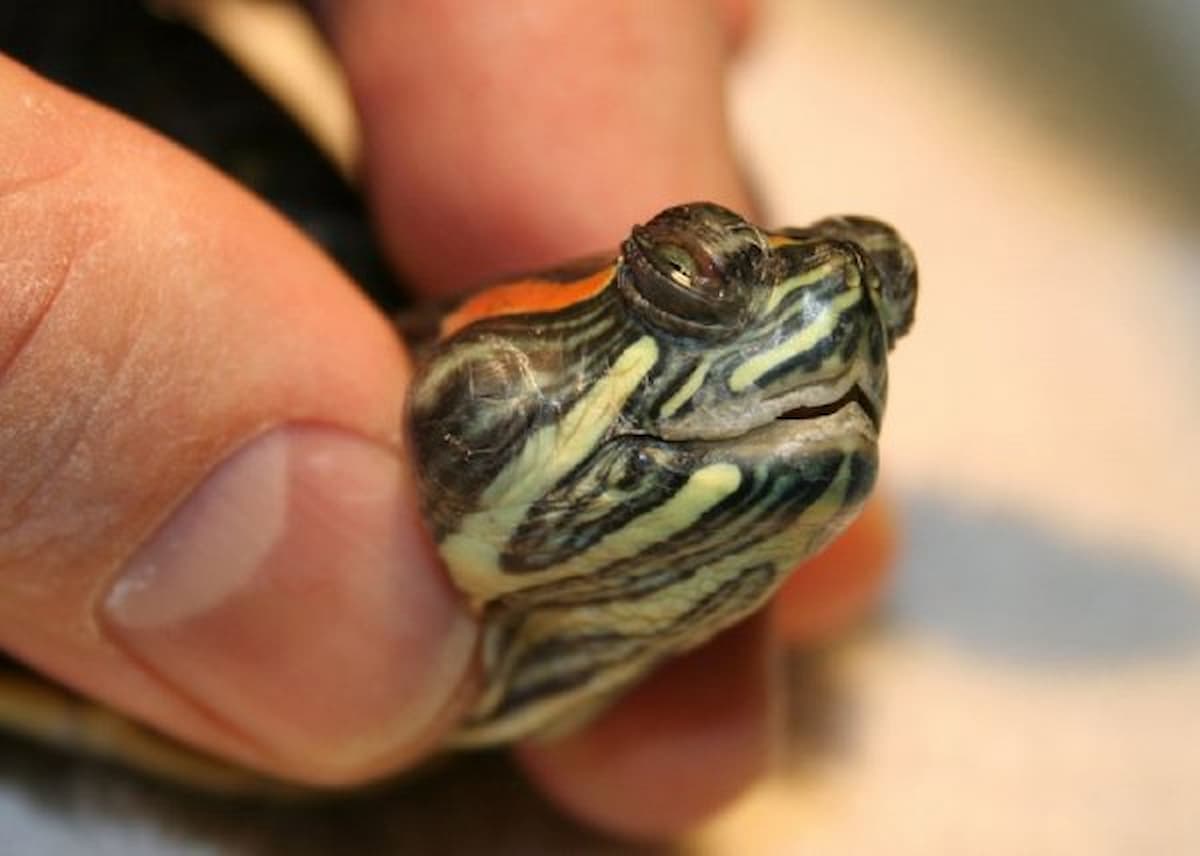
Natural Sources Of Vitamin A
Ensuring your turtle gets enough Vitamin A is crucial for its health. Natural sources are the best way to provide this essential nutrient. Below, you will find information on leafy greens, vegetables, and safe fruits that are rich in Vitamin A.
Leafy Greens And Vegetables
Leafy greens are an excellent source of Vitamin A for turtles. They are rich in nutrients and easy to find. Here are some options:
- Kale: This green is packed with Vitamin A. It’s also full of other nutrients.
- Collard Greens: These leaves provide a healthy dose of Vitamin A.
- Turnip Greens: Another great source of Vitamin A for your turtle.
- Carrots: These vegetables are rich in beta-carotene, which converts to Vitamin A.
- Squash: Squash varieties like butternut are high in Vitamin A.
Safe Fruits For Turtles
Fruits also offer a natural source of Vitamin A. They should be given in moderation. Here are some safe options:
- Mango: This fruit is high in Vitamin A and tasty for turtles.
- Papaya: Papaya provides a good amount of Vitamin A.
- Melon: Melons like cantaloupe are rich in Vitamin A.
| Leafy Green | Vitamin A Content |
|---|---|
| Kale | 9,990 IU per 100g |
| Collard Greens | 6,330 IU per 100g |
| Turnip Greens | 6,400 IU per 100g |
These natural sources ensure your turtle gets the Vitamin A it needs. Introduce these foods gradually to see which ones your turtle prefers.
Supplementing Vitamin A In A Turtle’s Diet
Ensuring your turtle gets enough Vitamin A is crucial. This vitamin helps turtles with their vision, skin, and overall health. Here are some effective ways to supplement Vitamin A in your turtle’s diet.
Commercial Supplements
Commercial supplements are a convenient option. These are specially formulated for turtles. They ensure a balanced intake of necessary nutrients. Here are some tips for using commercial supplements:
- Choose high-quality brands with good reviews.
- Follow the dosage instructions carefully.
- Mix the supplement with your turtle’s food.
- Monitor your turtle’s health and adjust as needed.
Using commercial supplements can simplify your turtle’s diet. Make sure to store them in a cool, dry place to maintain their effectiveness.
Homemade Vitamin A Rich Foods
Homemade foods can also boost your turtle’s Vitamin A intake. Fresh vegetables and fruits are great sources. Here are some Vitamin A-rich foods to consider:
| Food | Vitamin A Content |
|---|---|
| Carrots | Good source of Vitamin A |
| Sweet Potatoes | Excellent source of Vitamin A |
| Kale | Rich in Vitamin A |
| Spinach | High in Vitamin A |
Here is a simple recipe for a homemade Vitamin A-rich meal:
- Grate half a carrot.
- Chop a small piece of sweet potato.
- Mix with a handful of kale and spinach.
- Serve fresh to your turtle.
Offering a variety of these foods ensures your turtle gets enough Vitamin A. These homemade options can be tasty and nutritious for your pet.

Feeding Practices For Optimal Health
Ensuring your turtle’s diet is balanced is crucial for its health. Vitamin A is essential for turtles, supporting their vision, skin, and overall growth. To provide your turtle with the necessary Vitamin A, follow the outlined feeding practices.
Frequency And Quantity
Turtles need a well-scheduled feeding routine. Feed your turtle small amounts daily. For young turtles, feed them every day. Adult turtles need feeding three to four times a week.
Offer a variety of foods rich in Vitamin A. Leafy greens like kale and dandelion are excellent choices. Carrots, squash, and sweet potatoes are also good sources.
| Food | Vitamin A Content |
| Kale | High |
| Dandelion | High |
| Carrots | Moderate |
| Sweet Potatoes | Moderate |
lways chop the vegetables into small pieces. This helps the turtle eat them easily.
Avoiding Over-supplementation
Too much Vitamin A can harm your turtle. Avoid giving supplements without consulting a vet. Over-supplementation can lead to toxicity.
Stick to natural sources of Vitamin A. Monitor your turtle’s diet closely. Ensure a balanced intake without excess.
Signs of over-supplementation include swelling and lethargy. If you notice these, consult a vet immediately.
Identifying High-quality Turtle Food
Ensuring your turtle gets enough vitamin A is crucial for its health. One way to achieve this is by providing high-quality turtle food. Identifying the best options involves a few key steps.
Reading Labels
Reading food labels is essential for selecting the best turtle food. Look for ingredients high in vitamin A. Some of these include:
- Carrots
- Sweet potatoes
- Kale
Check for artificial additives. Avoid foods with lots of preservatives and colorings. Natural ingredients are the best for your turtle’s health. Also, ensure the food is formulated specifically for turtles.
Recommendations From Experts
Experts can provide valuable guidance on turtle nutrition. Many reptile veterinarians and pet store professionals recommend specific brands. Here are some expert-recommended brands:
| Brand | Vitamin A Content |
|---|---|
| Rep-Cal | High |
| Tetra ReptoMin | Moderate |
| Zoo Med | High |
These brands are known for quality and proper nutrition. Always consult with a vet before making dietary changes.
The Role Of Uvb Lighting
The Role of UVB Lighting in a turtle’s habitat is essential. UVB lighting helps turtles synthesize Vitamin D3, which is crucial for absorbing calcium. While Vitamin D3 is vital, UVB lighting also plays a role in Vitamin A synthesis. This nutrient is important for a turtle’s vision, immune system, and overall health.
Uvb And Vitamin A Synthesis
UVB lighting helps turtles produce Vitamin D3. This indirectly aids in Vitamin A metabolism. Turtles need UVB rays to convert cholesterol in their skin into Vitamin D3. This process helps them absorb calcium. Good calcium levels support Vitamin A functions in the body.
Without UVB lighting, turtles can develop deficiencies. These deficiencies may lead to poor vision, weak immune systems, and skin issues. Providing proper UVB lighting ensures turtles stay healthy and thrive in captivity.
Best Practices For Lighting Setup
Setting up the right UVB lighting is crucial. Follow these best practices for an effective setup:
- Use high-quality UVB bulbs designed for reptiles.
- Ensure the bulbs cover the entire habitat.
- Place the UVB lights within 12-18 inches of the basking area.
- Replace UVB bulbs every 6-12 months for optimal performance.
- Provide a 12-hour light cycle to mimic natural sunlight.
Avoid placing UVB lights behind glass or plastic. These materials block UVB rays. Instead, use a mesh screen cover. This allows UVB rays to penetrate effectively.
Monitor your turtle’s behavior and health regularly. Ensure the UVB lighting is effective. Proper lighting setup can make a significant difference in your turtle’s Vitamin A levels and overall well-being.
Monitoring Your Turtle’s Health
Ensuring your turtle’s health is essential, especially for vitamin A intake. Regular monitoring can prevent deficiencies and promote well-being. In this section, we will discuss how to keep an eye on your turtle’s health.
Regular Health Check-ups
Regular health check-ups are crucial for your turtle’s health. Visit the vet at least once a year. A vet can detect early signs of vitamin A deficiency. They will check your turtle’s eyes, skin, and overall condition.
During these visits, ask the vet about your turtle’s diet. Ensure the diet includes vitamin A-rich foods. Some good options are carrots, sweet potatoes, and dark leafy greens. Your vet may also recommend supplements if needed.
Signs Of Improved Vitamin A Levels
How can you tell if your turtle’s vitamin A levels are improving? Watch for these signs:
- Clear, bright eyes without swelling or discharge
- Smooth, healthy skin without lesions
- Increased energy and activity levels
- Normal appetite and regular eating habits
These signs indicate your turtle is getting enough vitamin A. Keep monitoring their health to ensure continuous improvement.
| Sign | Indication |
|---|---|
| Clear Eyes | Healthy vitamin A levels |
| Smooth Skin | No vitamin A deficiency |
| Increased Activity | Better overall health |
| Normal Appetite | Balanced diet |
Regular check-ups and monitoring signs will keep your turtle healthy. Make sure your turtle’s diet is rich in vitamin A. This will ensure a happy and healthy life for your pet.
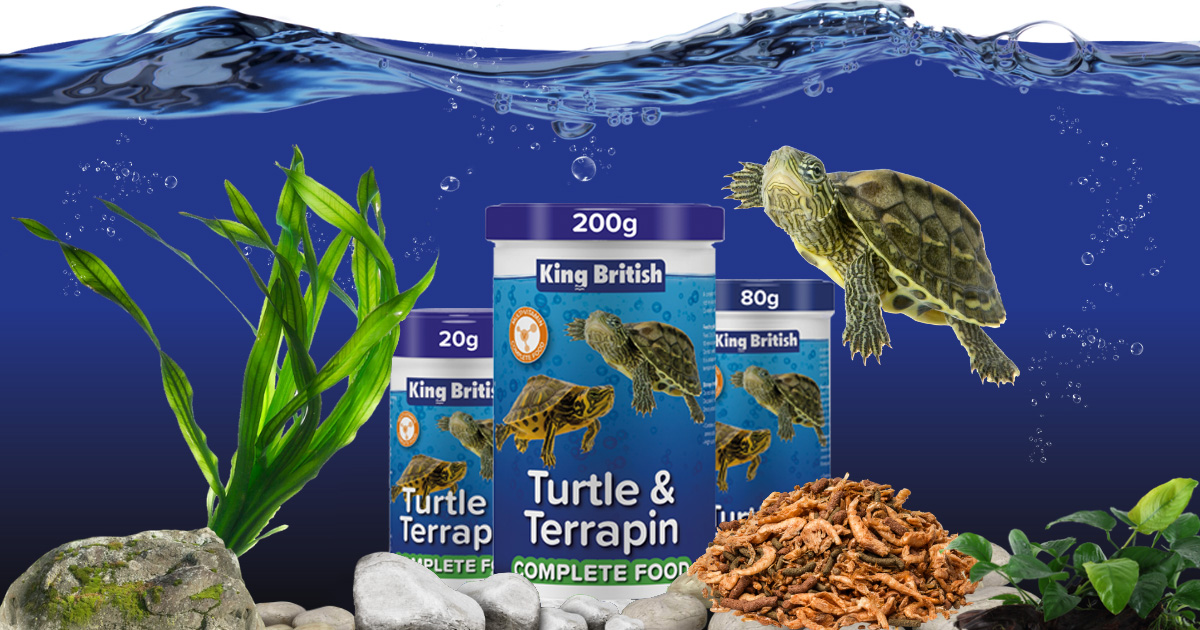
Common Mistakes To Avoid
Giving your turtle Vitamin A is crucial for its health. But many make mistakes that can harm their pet. Let’s explore common pitfalls.
Incorrect Dosage
It’s easy to give too much or too little Vitamin A. Both can be harmful.
Overdosing on Vitamin A can lead to toxicity. Symptoms include swelling, lethargy, and poor appetite.
Underdosing causes deficiency. Symptoms include swollen eyes, respiratory issues, and skin problems.
Always consult a vet for the correct dosage. Use a syringe for accurate measurement.
Inappropriate Food Choices
Some foods lack the necessary Vitamin A. It’s important to choose wisely.
Avoid feeding only lettuce. Lettuce has very little Vitamin A.
Include leafy greens like kale and dandelion greens. These are rich in Vitamin A.
Offer colorful vegetables like carrots and bell peppers. These are also great sources.
| Food | Vitamin A Content |
|---|---|
| Kale | High |
| Dandelion Greens | High |
| Carrots | Moderate |
| Bell Peppers | Moderate |
| Lettuce | Low |
- Avoid feeding iceberg lettuce.
- Offer a variety of greens and vegetables.
Proper feeding helps your turtle stay healthy. Monitor their diet closely.
Frequently Asked Questions
What Can I Feed My Turtle For Vitamin A?
Feed your turtle leafy greens like kale, dandelion greens, and collard greens. Offer carrots, sweet potatoes, and bell peppers for vitamin A.
How To Fix Vitamin A Deficiency In Turtles?
Provide a balanced diet rich in Vitamin A, including leafy greens, carrots, and squash. Consult a vet for supplements.
How To Give Turtle Vitamin A Drops?
Administer vitamin A drops by placing them directly in the turtle’s mouth. Use a dropper for precise dosage.
How Do You Give A Reptile Vitamin A?
Give reptiles vitamin A through diet, using supplements, or injecting it. Use leafy greens, carrots, and commercial reptile food.
Conclusion
Ensuring your turtle gets enough vitamin A is crucial for its health. Offer a balanced diet with leafy greens and colorful vegetables. Consider supplements if needed, but consult your vet first. Proper care and nutrition will help your turtle thrive.
Remember, a healthy turtle is a happy turtle!
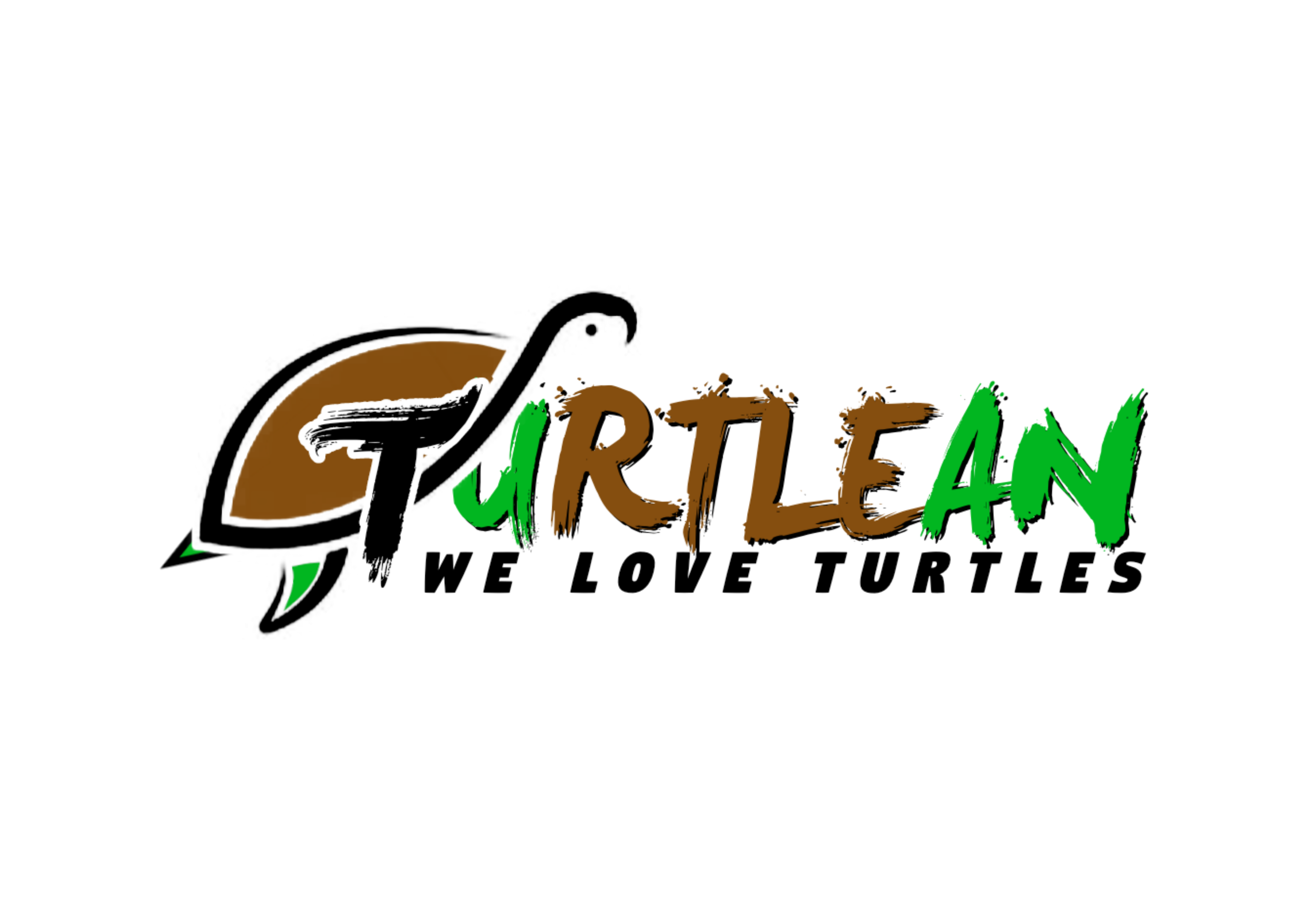
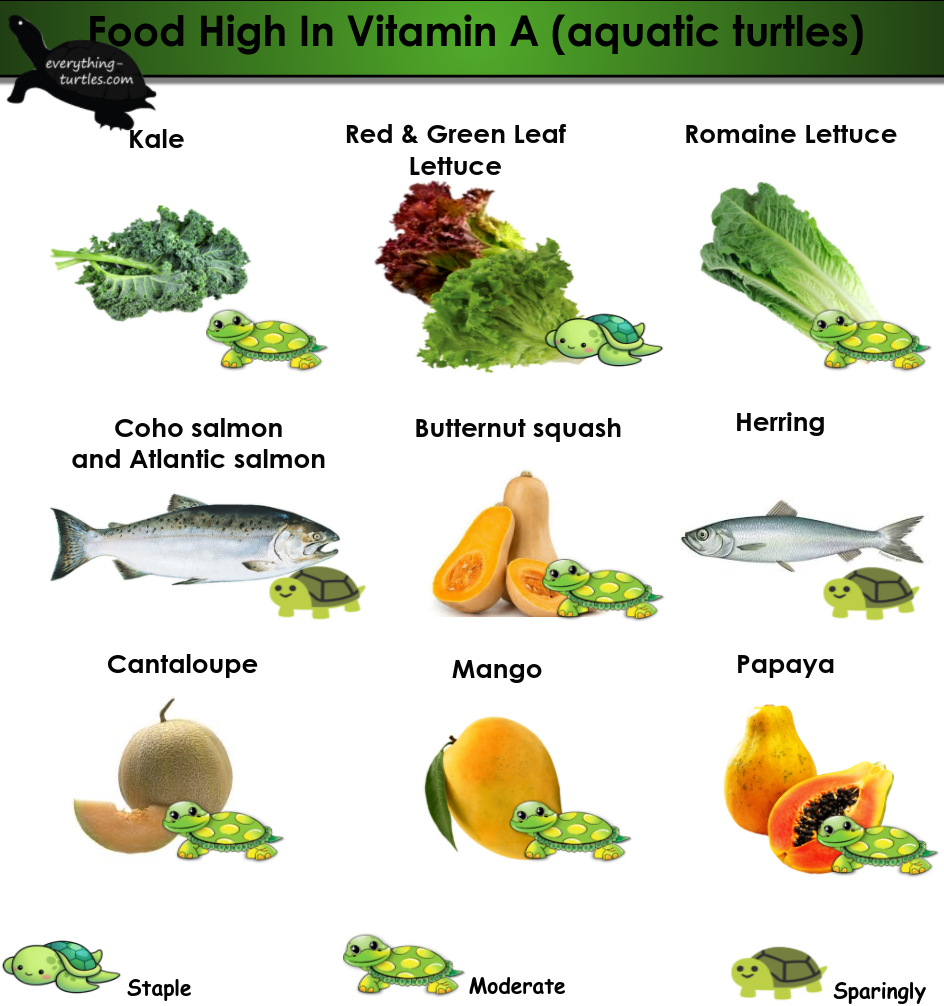

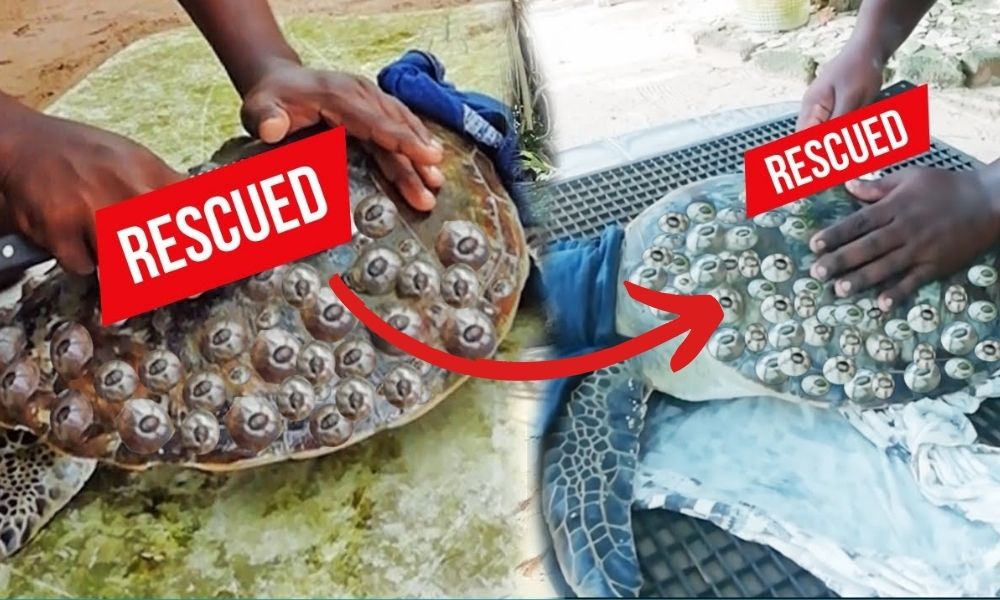
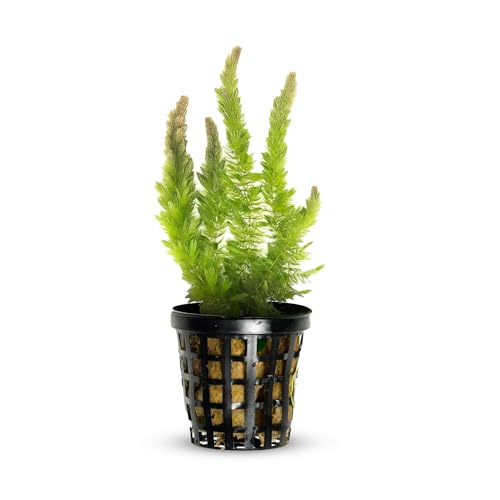
Leave a Reply